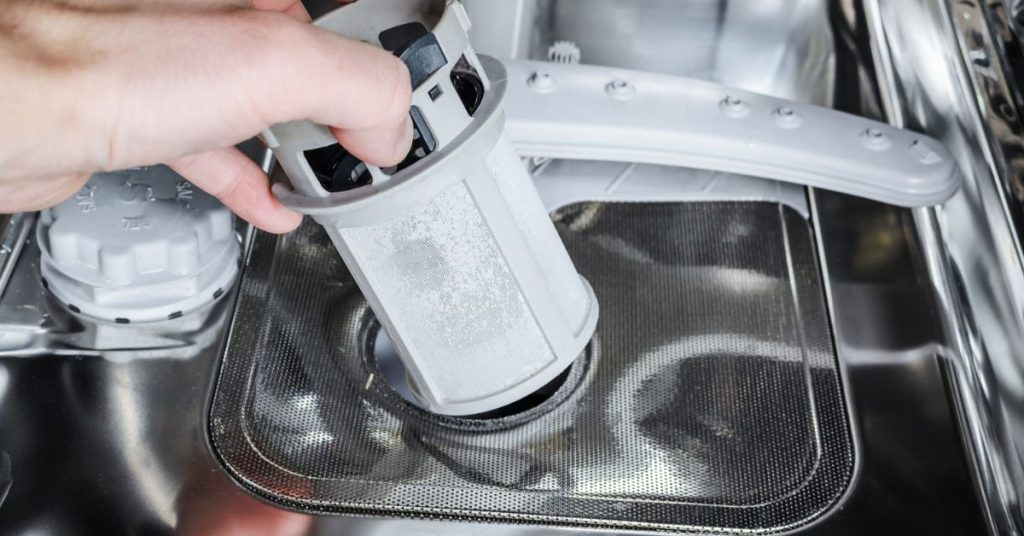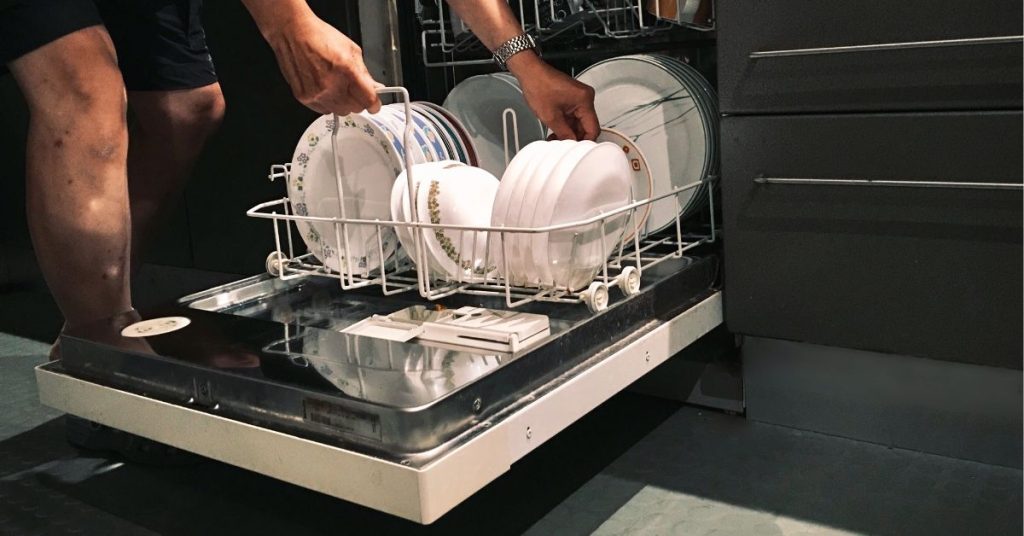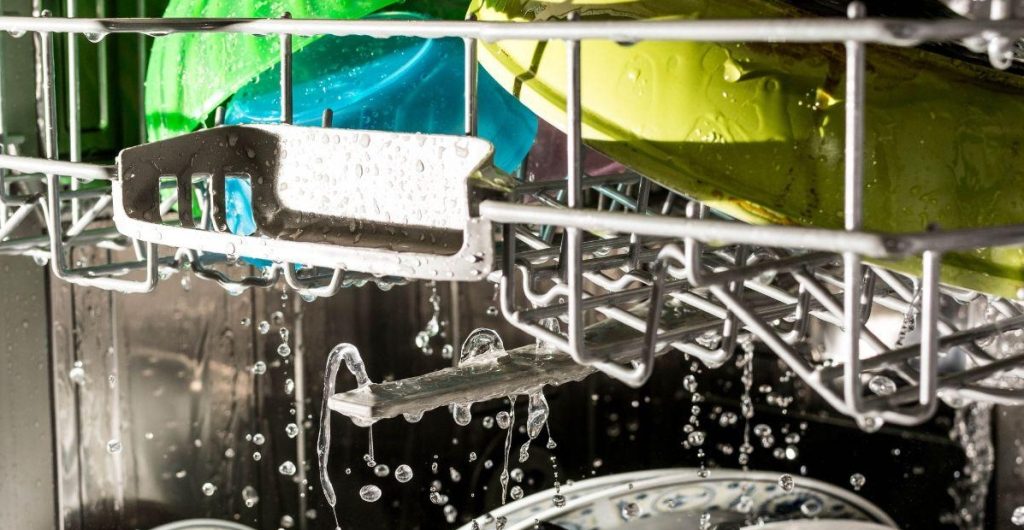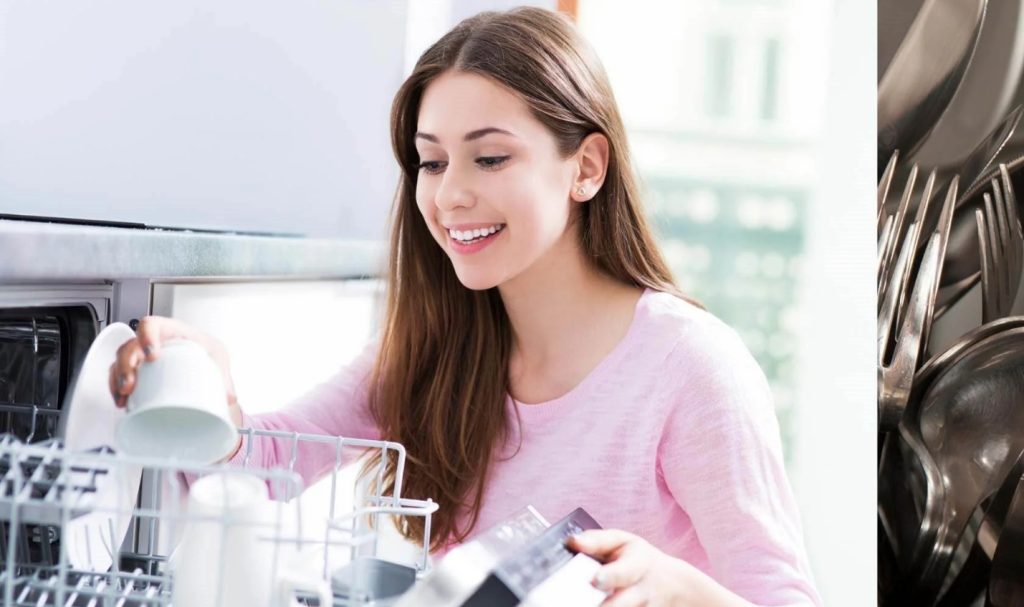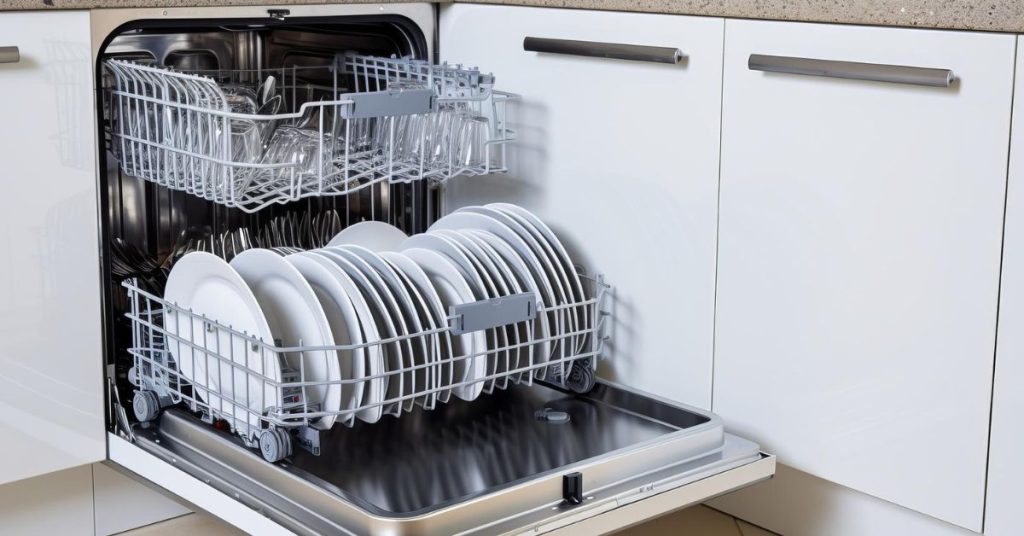Cleaning your dishwasher filter is a simple yet crucial maintenance task that ensures your appliance runs efficiently and your dishes come out sparkling clean. A clogged or dirty filter can lead to poor performance, unpleasant odors, and even damage to your dishwasher over time. This article provides a detailed, step-by-step guide on how to clean your dishwasher filter, along with supplementary information to enhance your understanding and a handy FAQ section to address common concerns—all sourced directly from authoritative websites.
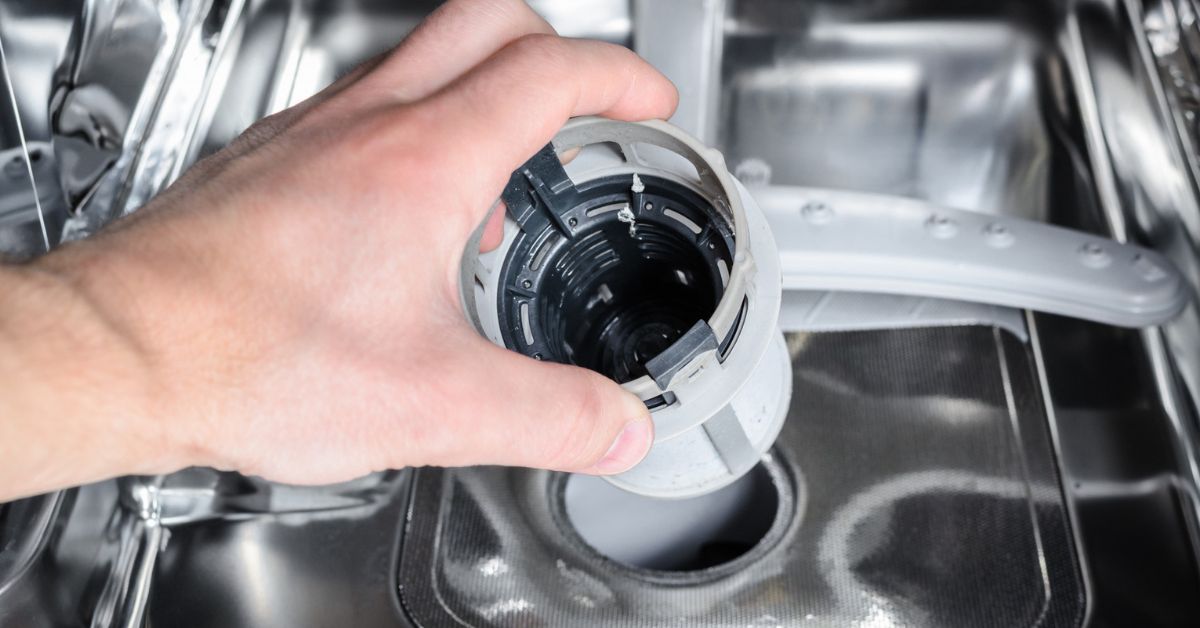
Why Clean Your Dishwasher Filter?
The dishwasher filter prevents food from redepositing debris onto clean dishes and clogging the drain,” says Larry Ciufo, who oversees CR’s dishwasher tests. There are two types of dishwasher filters: self-cleaning filters and manual filters. If your dishwasher is more than a decade old, then you’re likely to have a self-cleaning filter, explains Ciufo. As the name suggests, there’s no need to clean it yourself. But in the last several years, dishwasher manufacturers have moved away from self-cleaning filters to manual filters. This is largely because self-cleaning filters, which are often equipped with a grinder, can be noisy and use more energy, says Ciufo.
If you don’t clean your dishwasher filter, food from your dishes will build up in the filter and result in dirty water, unsanitary conditions, a funky smell, and a less efficient cleaning cycle. If it gets bad enough and the filter gets too much food and grime lodged in it, you could break the filter and possibly even break the entire machine.
Step-by-Step Guide to Cleaning Your Dishwasher Filter
Here’s a detailed guide on how to clean your dishwasher filter, compiled from expert sources:
Step 1: Locate the Filter
To access your dishwasher filter, you’ll usually need to completely remove the bottom rack from the appliance. Once removed, set it to the side. Typically, filters are located at the bottom of a dishwasher, beneath the bottom rack. Be sure to handle the dishwasher filter carefully, as a damaged filter can lead to poor performance. Depending on your dishwasher model, the filter may be composed of two parts: an upper filter assembly and a lower filter.
Step 2: Remove the Filter
To remove the filter, gently turn the upper assembly a quarter turn counterclockwise and lift it out. Lightly grasp the lower filter, lifting it slightly and pull forward to complete the removal. Exact cleaning instructions will vary by make and model, however, for many dishwashers that require you to clean the filter, you can simply remove the bottom rack to access the filter.
Step 3: Clean the Filter
Run water over your dishwasher filter to remove most soils. As you wash the dishwasher filter, you may need to use a soft brush and dish soap on calcium deposits and other hard-to-remove food debris. If you’ve gone a while without cleaning your dishwasher filter and it needs a deeper cleaning, the solution is likely already in your pantry. After rinsing the filter and gently removing stubborn residue, you can soak the filter in a mixture of white vinegar and warm water for at least 30 minutes.
Fill a sink or large bowl with hot water and a few drops of dishwashing liquid. Use a good detergent that contains a degreaser for easier cleaning. Place the filter(s) in the cleaning solution and allow it to soak for a few minutes to loosen the debris. Scrub away any debris trapped in the filter with a sponge, old toothbrush, or soft-bristled brush. Flush the filter(s) with hot water, ensuring all of the debris is removed and the filter no longer feels greasy to the touch.
Step 4: Clean the Filter Housing
Before returning the filter to the dishwasher, check the area that holds the filter for any debris or food particles. Use a damp paper towel or sponge and wipe the area in and around the filter hole. Dip a sponge or dishcloth in the hot soapy water and wipe down the opening where the filter was removed to get rid of any food particles or grease build-up.
Step 5: Reinstall the Filter
Return the lower filter to the dishwasher tub. Instructions for reinstallation may vary based on the make and model of your dishwasher, so always consult your product manual before you begin. Insert the upper filter assembly into the circular opening of the lower filter. Turn the filter clockwise until you feel it drop into position. If the filter continues to turn freely, it isn’t fully installed. Do not run your dishwasher without first making sure the filter is locked.
Types of Dishwasher Filters
There are two types of filters available for your dishwasher: a self-cleaning dishwasher filter and a manual one. You can find out which one you have by consulting your dishwasher manual. Self-cleaning filters do what it says on the tin – it doesn’t need much maintenance on your side as there’s often no build-up to worry about. This is because it has a grinder that blitzes food chunks which then washes down the drain with the water. The downside is that these types of filters tend to be significantly louder than manual filters due to the grinding process. A manual dishwasher filter, on the other hand, usually has a mesh net that catches bits of food – which you’ll then need to remove yourself. This requires at least a monthly clean (or more often, depending on your usage) to prevent build-up of left-over food, bad odours and a reduction of water flow.
How Often Should You Clean the Filter?
How often you should clean your filter depends on how frequently you use it and how thoroughly you scrape and rinse your dishes prior to putting them in the dishwasher. “Dishwasher filters should be cleaned about every 6 months,” says Alan Ridgeway, owner of Ridgeway Plumbing Atlanta. “Keeping a filter clean ensures your dishwater is optimized for cleaning and sanitizing your dishes, pots, pans, glasses, and silverware.” However, manual-clean filters should be cleaned at least once a month. If, after cleaning the dishes, you still find bits of food left on them, it’s most probably time to clean the filter. The same goes for dishwashers that have an unpleasant odor.
Additional Maintenance Tips
To prevent future clogs and maintain your dishwasher’s performance, it’s important to rinse dishes before placing them in the dishwasher. This helps reduce the amount of food debris that enters the filter. Periodically check the filter for any build-up or debris, ideally once a month, and clean it as needed. Consider running a dishwasher cleaning cycle using a commercial dishwasher cleaner or a DIY solution (vinegar and bicarbonate of soda work well) to keep your dishwasher interior clean and odour-free. Always refer to your dishwasher’s manual for model-specific instructions and maintenance recommendations.
Once a month, when the dishwasher is empty, run a cleaning cycle to help cut through any greasy build-up on the interior and the filter. Put two cups of distilled white vinegar in an open container on the top rack. Run a regular hot water wash cycle to complete the cleaning. Avoid placing certain materials in it, including paper labels, wooden spoons, etc., that can easily break off and cause debris.
Signs Your Filter Needs Cleaning
If you haven’t cleaned your dishwasher filter in a while—or ever—it’s a good idea to check in on it. Here are a few telltale signs that you should give your filters a scrub: Any kind of funky smell in your dishwasher can most likely be attributed to a dirty filter. If you’re seeing little bits of food and buildup left on your dishes even after a cleaning cycle, or some clogging or pooling water after a wash cycle, that also signifies that your filter isn’t working properly and should be cleaned.
FAQ
Q: How do I know if my dishwasher has a self-cleaning or manual filter?
A: You can find out which one you have by consulting your dishwasher manual. Self-cleaning filters do what it says on the tin – it doesn’t need much maintenance on your side as there’s often no build-up to worry about. A manual dishwasher filter, on the other hand, usually has a mesh net that catches bits of food – which you’ll then need to remove yourself.
Q: What happens if I don’t clean my dishwasher filter?
A: If you don’t clean your dishwasher filter, not only do you risk dirty dishes and odor but you also risk damaging the machine. Built-up food particles can eventually cause a blockage. In rare cases, an unclean filter can also lead to issues with drainage or hurt the pump.
Q: Can I use vinegar to clean the filter?
A: Yes! Soaking dishwasher filters in vinegar is a great way to clean them. First, take the filter out and rinse under running water. After rinsing the filter and gently removing stubborn residue, you can soak the filter in a mixture of white vinegar and warm water for at least 30 minutes.
Q: How often should I replace my dishwasher filter?
A: If you notice that your dishwasher filter is damaged or worn, be sure to replace it immediately. While you’re rinsing your filter under a faucet, inspect it to make sure there aren’t any holes or other damage. If you notice any, it’s time to replace your filter.
Q: Why does my dishwasher still smell after cleaning the filter?
A: If you’re afraid that you may forget to clean your dishwasher once every month, create a reminder on your calendar. It helps to keep your dishwasher slightly open when you’re not using it. The free circulation of air will keep odors at bay. Consider using a citric-based dishwasher cleaner that will leave your appliance smelling fresh.

